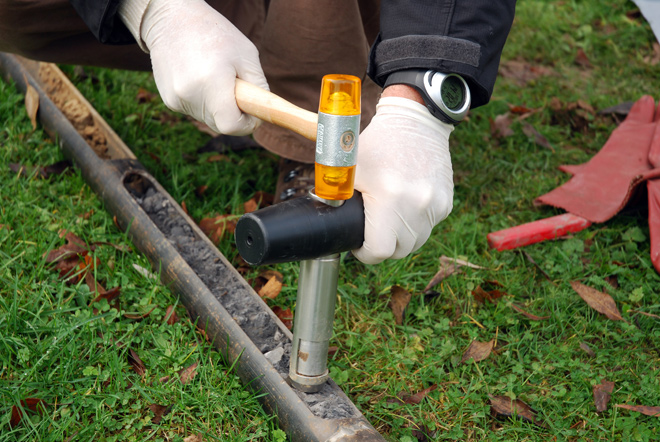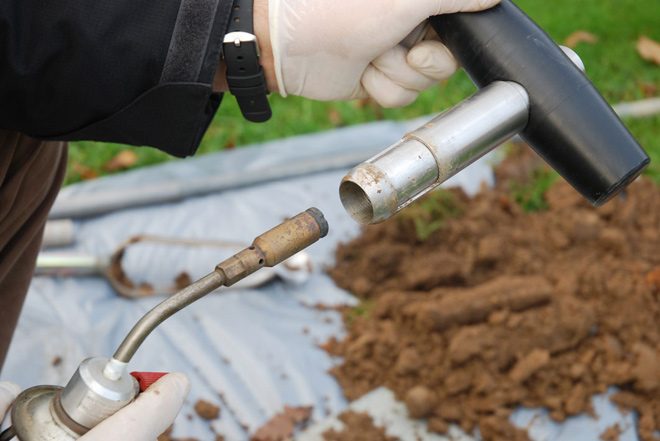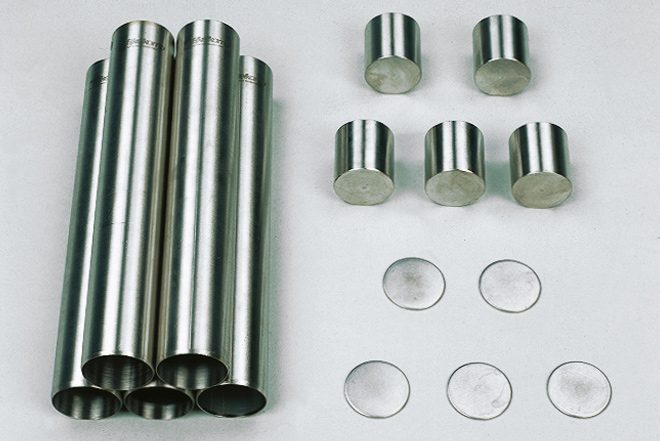

Sampling VOC’s in soil is not as easy as you think?

January 6, 2016
As the government announces plans to directly commission the building of up to 13,000 homes on public land and a £1.2bn fund to help developers prepare underused brownfield land for building, for those professionals sampling contaminated soil – it is not as easy as you think.
Sampling for Volatile Organic Compounds (VOC’s) in soil is a lot harder than sampling for these compounds in water. If the correct water sampling device is used (bladder pump or passive sampler for example) then almost full recovery of VOC’s can be expected if the procedure for filling, capping and storage of the bottles is precisely followed. Were that things were so simple when dealing with soil samples.

Traditional sampling methods such as hand augers are not appropriate because volatilisation starts occurring as soon as the sample is disturbed and so for years we have been supplying sets which consisted of stainless steel sampling cylinders, 20cm in length which were inserted vertically to capture a profile. The sampling tubes were capped with stainless steel washers and transported (horizontally) to the lab for analysis. This technique worked very well but was only really practically useful for top layers.
With the onset of the methanol or sodiumthiosulphate method (Details can be found in US-EPA 5035A-2002 (both methods) or applicable ISO standards as ISO 22155 and ISO18512) it was allowed to take much smaller sub-samples from well filled and relatively large diameter hand augers (>= 10cm) or even from window samplers. This means that samples are relatively easy to obtain even from greater depths.

Our comprehensive sets for capturing VOC’s in soil contain not just the sampler, which takes 16ml soil rings, but also the special seal caps and labels; in fact all that is required to enable you to capture samples which are reliable for the detection of volatiles.
Since neither methanol nor sodiumthiosulphate are particularly field friendly, a subsequent revision of the standards have added allowance for the freezing of the sample as an alternative to a chemical preservation.
Detailed information of our sets is available here.
You might also be interested in...
Van Walt Guidelines for sampling for PFAS in Groundwater
November 13, 2024We need to make clear, that at the time of writing, there are no ISO or EN standards which deal with the sampling of groundwater for PFAS.
Read MoreSpot measurement v. continuous environmental monitoring
August 25, 2023Environmental monitoring has developed considerably over the years. From the time when a consultant went out monthly or quarterly with a dip tape to monitor the groundwater level in a borehole, wind forward...
Read MoreMeasuring Nitrates (NO3, NO3-N) in the field
June 20, 2023The interest in Nitrates is nothing new. One way or another we have been measuring them for half a century.
Read MoreVan Walt Environmental Equipment
A small selection of our environmental equipment